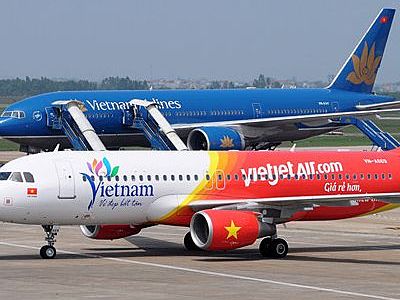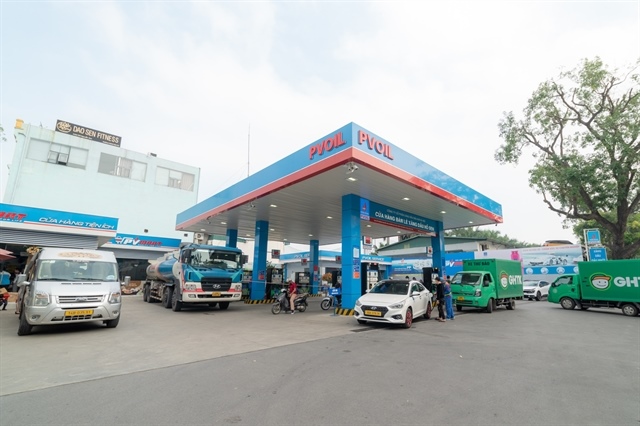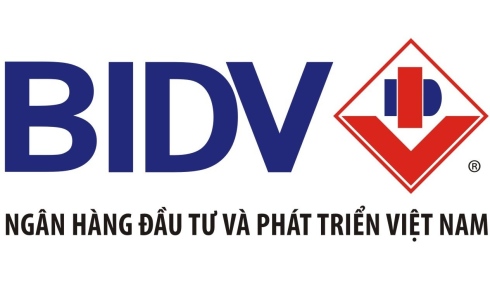VietJet considers IPO after turning profitable: Southeast Asia
VietJet considers IPO after turning profitable: Southeast Asia
VietJet Aviation Joint Stock Co., Vietnam’s only privately owned carrier, said it’s considering an initial public offering to fund expansion after becoming profitable this year.

VietJet may hold an IPO within 18 months to 42 months, Managing Director Luu Duc Khanh said in an interview. It posted pretax profit of about 120 billion dong ($5.7 million) in the seven months ended July, Khanh said. The Hanoi-based carrier lost money in 2012, he said, declining to give figures.
The budget airline, which has 20 percent of the domestic market after starting operations in December 2011, began flying abroad in February. VietJet will add planes as it focuses on the local market and plans more routes overseas, with passenger growth in the Asia-Pacific region to surpass that in Europe and North America through 2016, according to a forecast by the International Air Transport Association.
“When we did a business plan to set up this airline, we projected three years of losses,” Khanh said yesterday in Ho Chi Minh City. “The result is far beyond our expectation.”
The carrier may consider listing on a stock exchange outside its home country, Khanh said.
“In Vietnam, the market might be small,” he said. “We might think of doing an IPO in Singapore or Hong Kong.”
Market share
VietJet increased its share of capacity in Vietnam’s domestic aviation market to 20 percent as of late August from 14 percent in mid-July by adding frequencies on routes with new aircraft, said Brendan Sobie, Singapore-based chief analyst at CAPA Centre for Aviation.
The market share is ahead of Jetstar Pacific Airlines Aviation Joint-Stock Co.’s 12 percent, according to data from the CAPA Centre for Aviation. Jetstar Pacific is a unit of state-owned Vietnam Airlines Corp., which controls 68 percent of the market, according to data from CAPA.
“They’ve achieved a meaningful market share in Vietnam, and created a brand that has some traction,” Sobie said. “Vietnam remains a relatively regulated market so it’s not the easiest market in which to launch a low-cost carrier, but the rewards of succeeding there should be high.”
VietJet’s success comes after two predecessors in Vietnam failed, and demonstrates the opportunities for low-cost carriers in a country where many people are flying for the first time.
Budget advantage
Across Southeast Asia, budget airlines including Malaysia’s AirAsia Bhd. (AIRA), Singapore’s Jetstar Asia Airways Pte., Indonesia’s PT Lion Mentari Airlines are winning fliers as spending ability increases, enabling more people in the region to travel.
“It’s the low-cost carriers that are providing the model that really suits those types of passengers,” said Michael DiGeorge, Singapore-based managing director of the Asia-Pacific division at Arinc Inc., a service provider to the aviation industry.
VietJet fills 91 percent of its domestic flights on average, more than the company’s initial expectation of about 85 percent, Khanh said.
VietJet carried about 1.9 million passengers so far this year, it said. The total number of air travelers in Vietnam in the first eight months of the year was about 11.3 million, according to the General Statistics Office in Hanoi.
“Our focus is still on domestic operations, because there is still room in the market,” Khanh said. “Out of Vietnam is additional to support our operations in Vietnam.”
The airline started flying between Bangkok and Ho Chi Minh City in February, and in June began flights between Thailand’s capital and Hanoi.
Fleet expansion
To support expansion, the carrier expects to take delivery of two additional planes by October, increased the fleet of Airbus SAS 320s it’s leasing to 10. In 2014, it may lease as many as 10 additional 320s, and will probably decide this year on the purchase of either A320s or Boeing Co. (BA)’s 737s for delivery in 2015 or 2016, Khanh said.
“Boeing and Airbus, they are visiting us almost every week,” Khanh said. “We have a team working on the aircraft purchase now,” he said, declining to estimate the of the order.
VietJet may forge alliances to expand overseas, similar to the joint venture agreement with Kannithi Aviation Co.’s Kan Air in June to start services from Thailand by next year, Khanh said. It will look at ventures in markets including China, South Korea, Indonesia, Japan andTaiwan, he said.
Route additions
Expansion to new international routes will probably be more challenging for VietJet, said Timothy Ross, a Singapore-based transportation analyst at Credit Suisse Group AG.
“Bangkok is a natural extension for VietJet in that it’s consistent with the capabilities of their fleet and is linking two countries not too far off on the income curve,” Ross said. “In a place like Singapore, it would be very competitive.”
VietJet is forging ahead, with plans for a second agreement for a joint venture next year, Khanh said, citing China, Japan, South Korea and Taiwan as possibilities.
The airline also plans to begin flights to Seoul from Hanoi in the fourth quarter, and may add services to destinations in China, Indonesia, Taiwan, Hong Kong, and Singapore next year, Khanh said.
“Aviation is very competitive,” Khanh said. “If you want to be an international airline, you have to go there and compete.”
bloomberg




























